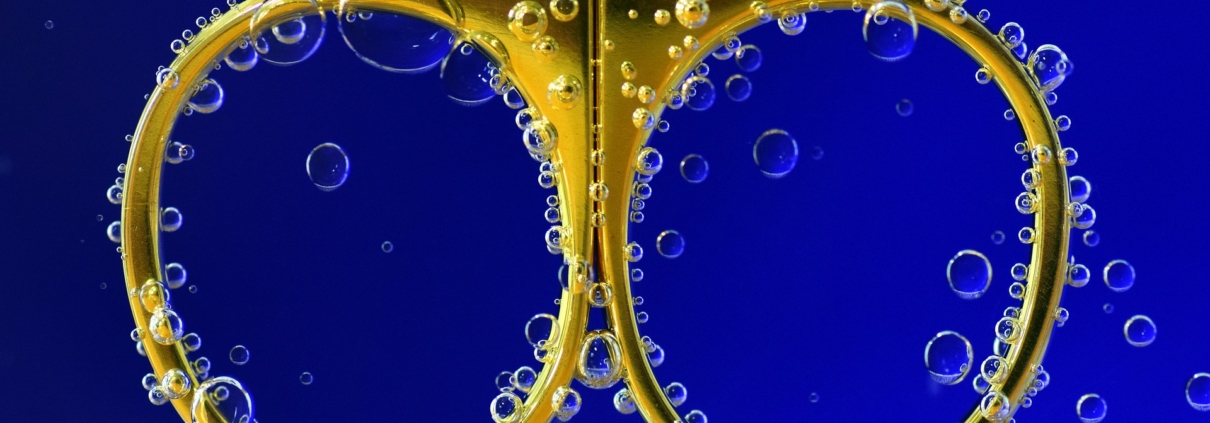Surgical instrument care and protection
At first, it might seem strange that instruments made from stainless steel can suddenly appear stained or discoloured. After all, stainless steel is surely exactly that: stain-less. Well, not quite.
Stains on stainless steel
Stainless steel is stain resistant, but it is not stain-proof. That said, it is still an amazing metal with the ability to develop its own protective outer layer, known as the passive layer.
Stainless steel passive layer
This protective passive layer naturally protects against corrosion and forms when the newly made stainless steel surgical instruments are first exposed to air and the chromium and iron in the metal become oxidized.
Adding chromium to stainless steel
The natural passive layer of the stainless steel can be made thicker by treating instrument parts with chemicals that remove some of the iron but leave the chromium behind; a process called chromium enrichment.
Amazingly, if scratched, the passive layer can effectively heal itself, so long as the damaged area is left exposed to air. However, this will not happen if the scratch is covered by soil or attacked by aggressive chemicals. If this happens then stains, spots and even corrosion can start to occur.
How to care for surgical instruments and avoid damage
The key is to be aware of how to avoid damage to the passive layer in the first place, so here are a few important risks to watch out for:
- Soil residues – if a scratch is covered with soil residue it is not exposed to air and so cannot ‘heal’ naturally. As such, you should make sure all soil residue is removed as quickly as possible.
- Hard water deposits – hard water deposits such as limescale can trap other harmful water chemicals, which can lead to corrosion. To avoid this, use detergents that are designed for use with hard water and make sure you rinse the instruments in deionized or softened water.
- Harsh or inappropriate cleaners – a scratched passive layer can begin to corrode if exposed to harsh chemicals. Highly acidic and highly alkaline cleaners can also erode and thin the passive layer.
- Misuse of recommended disinfectants – always follow the label instructions on any disinfectants you use both in terms of concentration and exposure times.
- Exposure to chlorine – care needs to be taken with chlorine-based disinfectants, as they can be highly corrosive due to high oxidation potential. Hypochlorous acid can damage even stainless steel, causing discoloration and pitting. Stainless steel instruments should never be soaked in chlorine solutions as this can ruin sharp edges and pit the instrument surface.
Residue in reusable instrument wraps – if an alkaline or acidic residue is left in instrument wraps after cleaning, this can transfer onto the instruments, causing them to become stained and corroded. As such, the cleaning process should be checked to ensure all residue is removed.
Flash sterilization – this should only be used in exceptional circumstances as rapid temperature changes can also damage the passive layer.
Ammonia/amines – if these are present they can cause a purplish black stain. If this happens, clean the autoclave steam lines as per sterilizer instructions.
How to identify the cause of staining and corrosion
In many cases, as with ammonia, the distinctive colour of the stains on an instrument can be a strong indicator as to what is causing the discolouration. This can help to quickly identify the problem and avoid further staining and corrosion. To help you do this, just see our infographic which links specific colours to possible causes.



